He interrupted with a shout: “I want to say three things!”
An older guy in red called out from the back of the hall. It was the middle of my sermon, my first word as divisional commander for The Salvation Army in the North East of England. I had spotted him slowly rising to his feet at the back of the hall. He wasn’t turning left or right to move through the row. He didn’t head for the exit. He didn’t whisper to a neighbour. He stood. Then, with an arm lifted, called out to get my attention.
The hall was packed. The mood felt celebratory. I’d barely introduced myself, and now someone was standing, interrupting, declaring, without invitation, that he had something to say. I had a sermon to finish, a room full of Salvationists, and this guy in a red shirt—anathema to a Tottenham Hotspur fan—was taking the floor! What could go wrong?
The first time he rose to his feet, I managed to move things on.
A variety of responses ran through my head: memories of put-downs by comedian Jimmy Carr were ready. So was my inner Parliamentarian: “No, I will not yield. I must make some progress.” But neither would have been particularly appropriate. Whatever I did say nudged him to resume his seat. For a minute or two anyway.
The second time he stood up, I gave way. He called out again across the crowd: “I want to say three things!” Three points—classic sermon. Maybe they’ll all start with the same letter?
“First, your name is John and my name is John.”
Okay, some common ground. Where’s this going?
“Second, your surname is Clifton, and I was born on Clifton Road.”
Right. Tenuous. Is this guy a prophet or a prankster?
“Third, our corps has just been closed, and I challenge you to reopen it.”
Boom. There it was. A challenge. The gauntlet thrown down in everyone’s presence.
I felt like I’d been tripped mid-race, arms flailing, in front of a crowd—would I fall or regain my composure? Slightly flustered, I replied: “Bro….” I don’t think I actually said that out loud. I did call him “brother,” for some reason. The moment called for fluent Christianese.
Meanwhile, in the corner of my eye, I could see my actual brother sitting in the opposite corner with a gentle smirk, munching on his metaphorical popcorn while the entertainment turned up a notch.
I replied to the man in red—maybe not this smoothly—but it’s what stuck with me: “I’m not going to come and reopen your corps for you. I’m flipping that responsibility back to you. That’s your job. Organize people, build it up and we’ll be there to help. Your corps is not your building or your budget, although they’re both helpful. It’s your people. And if you haven’t got any, then you need to do something about it.”
Inside I was still a little flustered, but I was regaining my composure and carried on, this time addressing everyone: “It’s not fun to close corps. And we’re getting too good at it. If you don’t want your corps to close, then grow it. Gather people. Every army has seasons of retreat. But let’s do it strategically, not simply because we’re out of options. And let’s regather to match those retreats with new attacks.”
Upon reflection, I can see the heckle wasn’t simply a protest, but an expression of a collective cry for purpose. It also gave an opportunity for teaching. He wanted his corps back. But opening a corps is not about the keys to the building. It’s about the people—and what animates them. Blood and fire, not bricks and finance.
So, let’s ask a question his heckle demanded: What is a Salvation Army corps, really?
What Is a Corps?
The word corps—pronounced core, not corpse—is a source of endless confusion to those unfamiliar with Salvation Army terms. It comes from the Latin corpus, meaning body, and is related to the French corps, which also means body. In English, it’s used to describe a subdivision of an army, such as the Royal Army Medical Corps. (You wouldn’t want a Royal Army Medical Corpse coming to save you on the battlefield.)
And that etymology matters.
Because a Salvation Army corps is not a building, not a budget, not an address. It’s a body. It’s alive. It’s made up of material bodies: people. It’s a subdivision of an Army and a local expression of the global church. More than that, it’s the collective embodiment of the body of Christ in a particular place, participating in the mission of God. That mission, in simple terms, is articulated in The Salvation Army Act 1980, which defines the principal objects of The Salvation Army as: “the advancement of the Christian religion as professed, believed and taught by The Salvation Army and pursuant thereto the advancement of education, the relief of poverty and other charitable objects beneficial to society or the community of mankind as a whole.”
A Salvation Army corps is the local community of people who believe things in common and put these purposes into action.
Action is a word often associated with the Army. It’s what some call a “sleeves rolled up” approach to our faith. It is also seen in the Salvationist emphasis on passages of the Bible such as Matthew 25:31-46. From this we understand that Jesus Christ is present in those situations where people suffer conditions of powerlessness. We also see that the faithful Christian response is to be with people in particular moments and build Christian community. This might range from doing something, such as building homes for people who have experienced homelessness or community sponsorship of refugees, to setting up a Bible study or a knitting group. It’s the work of faith made visible, and theology taking form in the lives of people.
A corps is a worshipping, serving, covenantal body of people that exists to glorify God and bring the gospel to the world, especially to those who suffer. Our language sometimes obscures this reality. We might say “I’m going to the corps,” meaning the building. But that’s shorthand. The corps is the people. And the corps is at its most powerful when every person connected to it is operating in their fullest God-given capacity.
Who Makes Up a Corps?
A corps is, first and foremost, a body of soldiers—covenanted people who take responsibility for its doctrine and mission. But it is made up of many kinds of people.
- Soldiers form the foundation—they take responsibility for the faithful identity of the corps, publicly professing the beliefs held by The Salvation Army.
- Adherent members belong to and participate in the worshipping life of the corps without the same doctrinal and lifestyle commitments as soldiers.
- Officers, where present, are commissioned soldiers who lead from within the body and carry pastoral and organizational oversight.
- Staff add contracted capacity, helping to extend the mission.
- Volunteers contribute time and energy, often embodying the corps’ compassion and creativity.
- Clients may come seeking help but are invited into belonging and transformation.
- Donors and customers resource the mission—and when their giving is relational, they, too, become part of the story.
So, a corps is a living, covenantal, missional body in a particular geography. It is a local expression of The Salvation Army in the body of Christ. It can have officers, staff, volunteers, clients and donors, but it must have soldiers who take ownership—and responsibility—for the doctrine and the mission. Without covenantal responsibility, it’s not a corps—it’s a project or a provisional gathering, untethered from the faith as professed, believed and taught by The Salvation Army.
A Charge for the Whole Body
Let me finish this reflection with a short line of prayerful challenge for each group that belongs to a corps:
Soldiers: Take responsibility for the body and live the covenant.
Adherents: Grow into deeper commitment and shared responsibility.
Officers: Lead from within, not above.
Staff: Carry purpose, not just a job.
Volunteers: Serve as builders, not fillers.
Clients: Come as guests, stay as family.
Donors and customers: Invest in transformation, not sentiment.
And to all: “You shall raise up the foundations of many generations; you shall be called the repairer of the breach, the restorer of streets to live in” (Isaiah 58:12 NRSVUE).
That’s what a corps is for.
As for the man in red? I don’t know if he’ll organize a new worshipping community or simply carry the ache of what’s been lost. But his interruption served a purpose: it made us think again about what a corps really is. And maybe that’s the first step in building one.
So, whether you’re wearing epaulettes, entering through the food bank door or calling out from the back of the hall during the meeting, be part of something holy—the body of Christ.
Captain (Dr.) John Clifton is the divisional commander of the North East Division in The Salvation Army United Kingdom and Ireland Territory. You can read more from him at https://salvationisminthemargins.substack.com/.

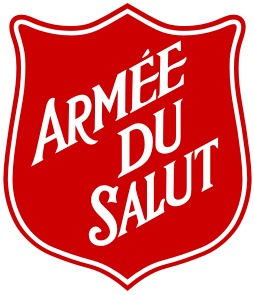


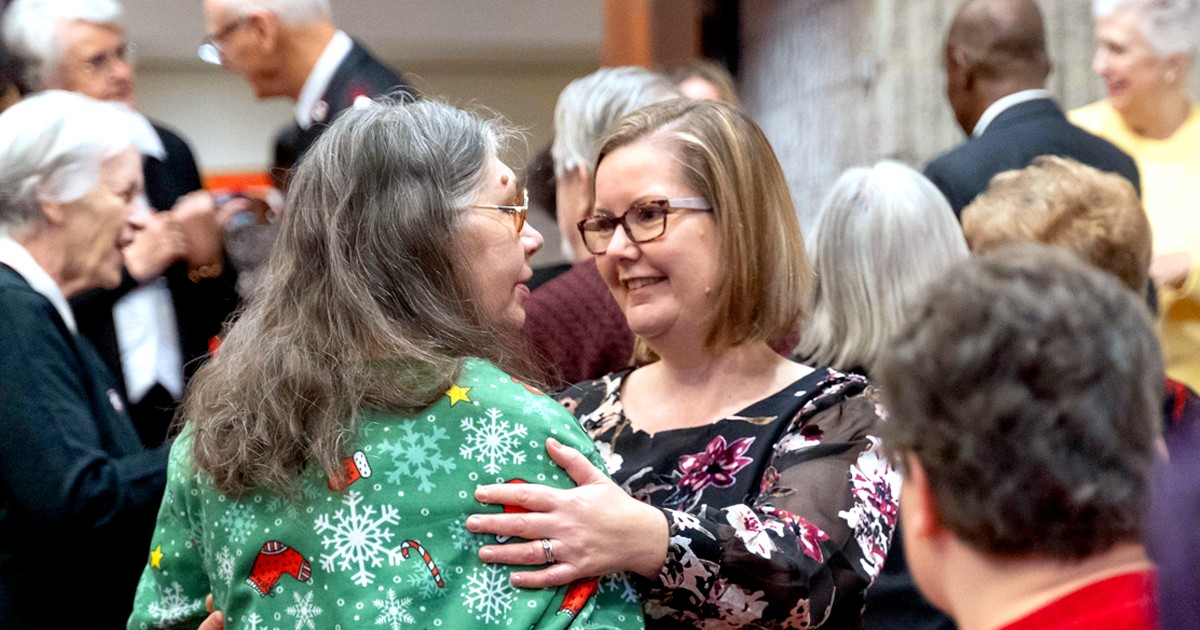
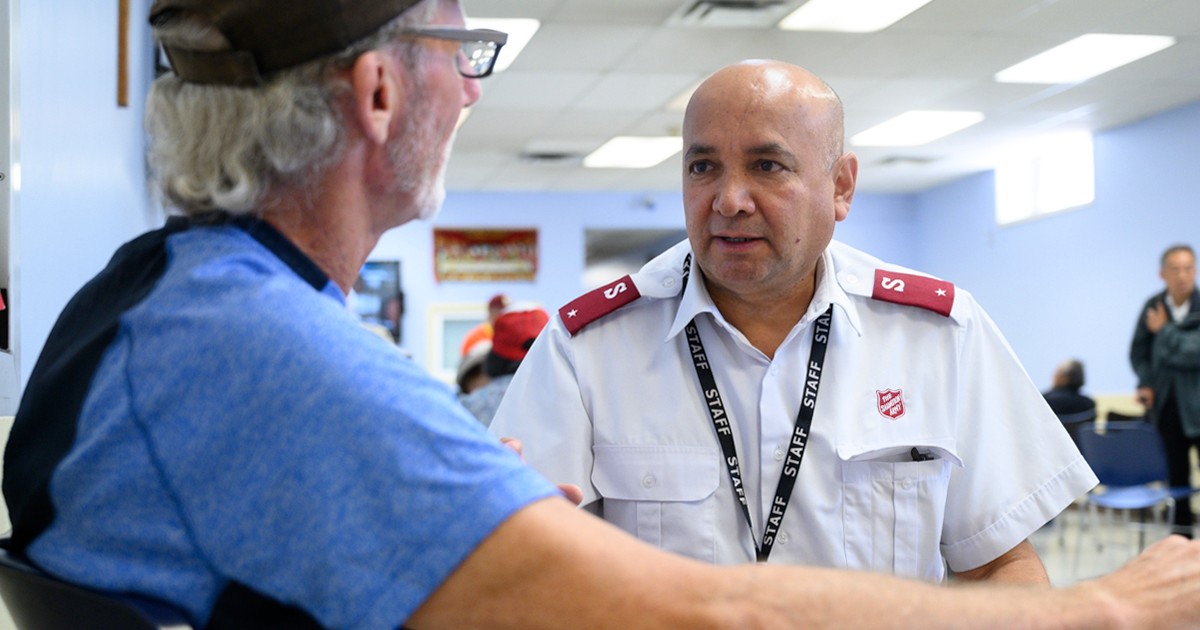
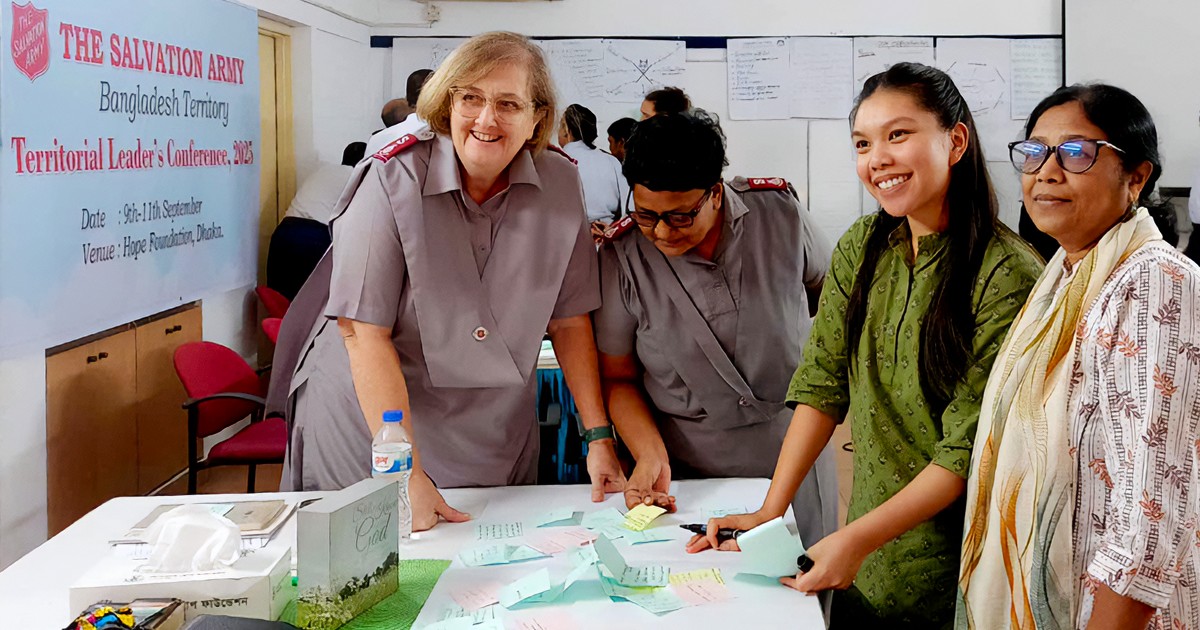
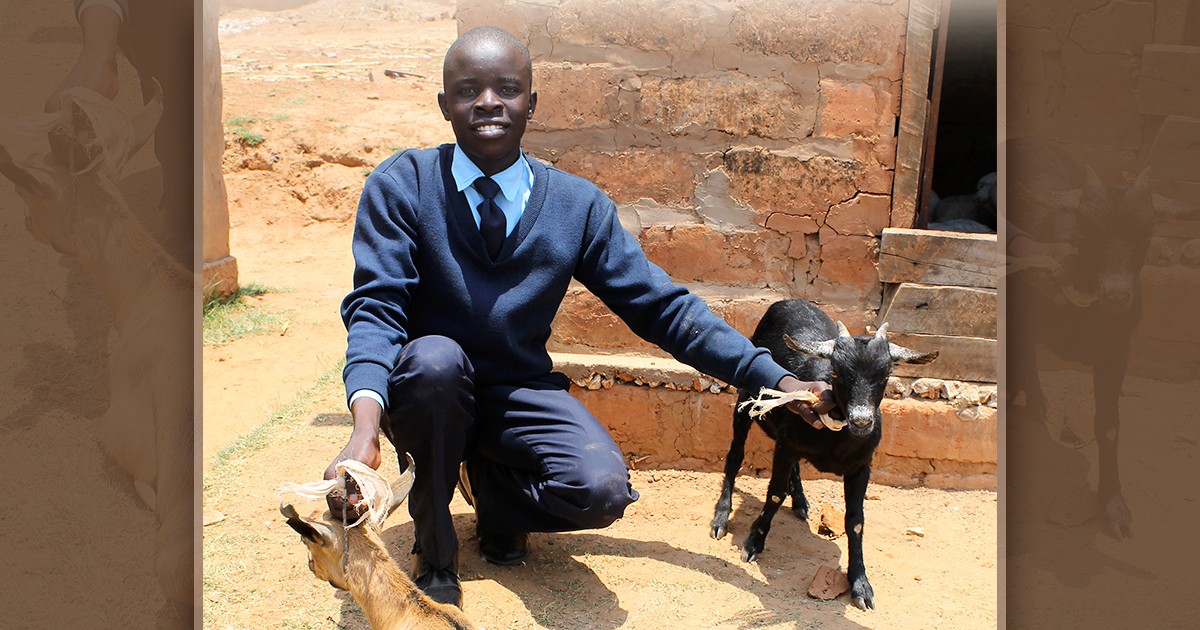


A reminder of the whole picture and that all figure in our goals and commitments for Jesus.